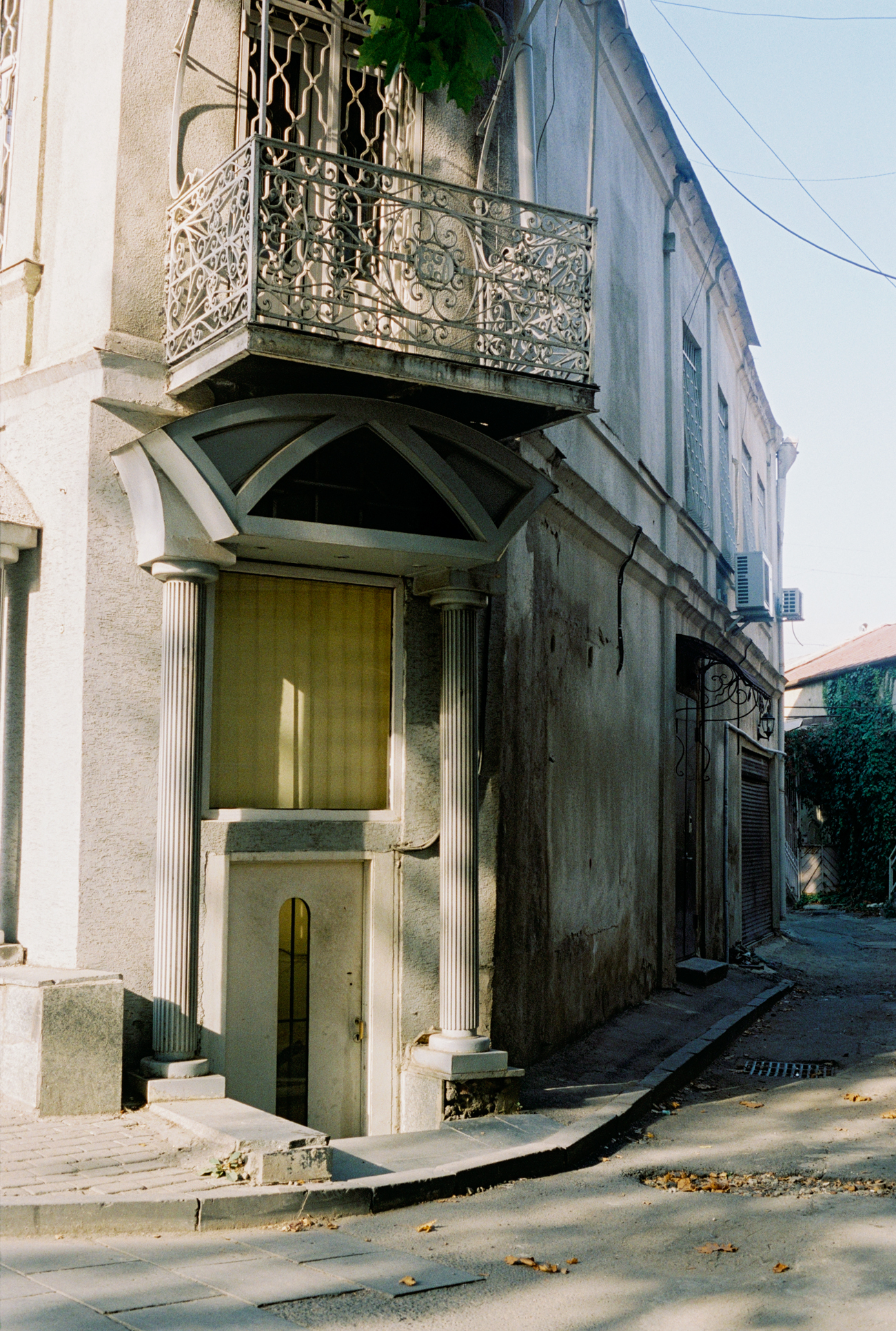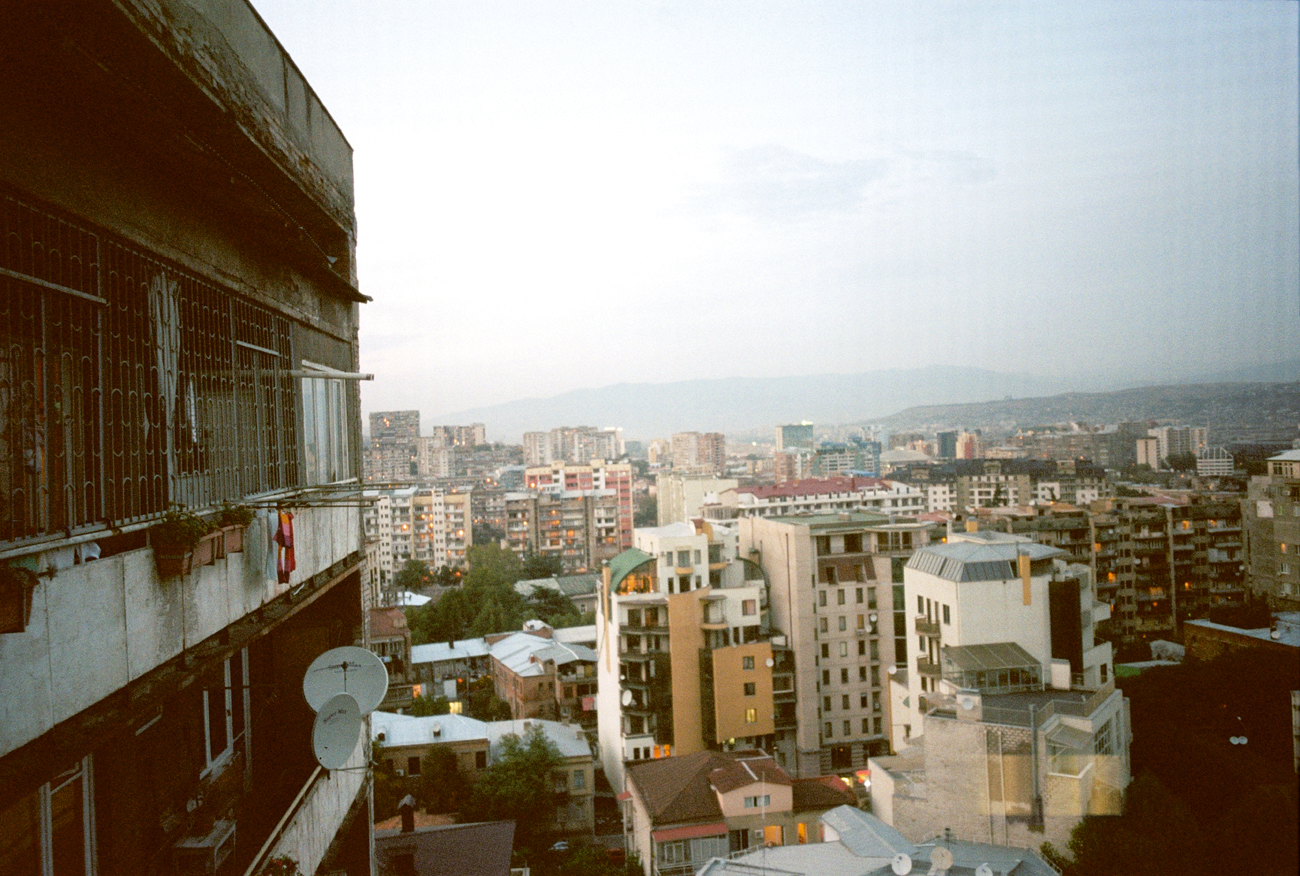Purple Magazine
— S/S 2012 issue 17
Georgian Journal
photography by KETUTA ALEXI-MESHISHVILI
text by NEGAR AZIMI
featuring the artist ANDRO WEKUA
We began to believe that most Russians hope that if they live very good and virtuous lives, they will go not to heaven, but to Georgia, when they die. — John Steinbeck

Fierce. Georgians are fierce. This was my experience of some six or seven days. I traveled there for a wedding—that of two Georgian friends. The only two Georgians I know. I remember once asking a hotel concierge to scribble the name and address of the town baths so that I could find my way there. I held out the pathetic scrap of paper on the street to passing Georgians and was hard pressed to get anyone to stop. In Georgia, the answer to most questions, even if they’re not designed to be answered by yes or no, is simply “no.”
The name “Georgia”…




